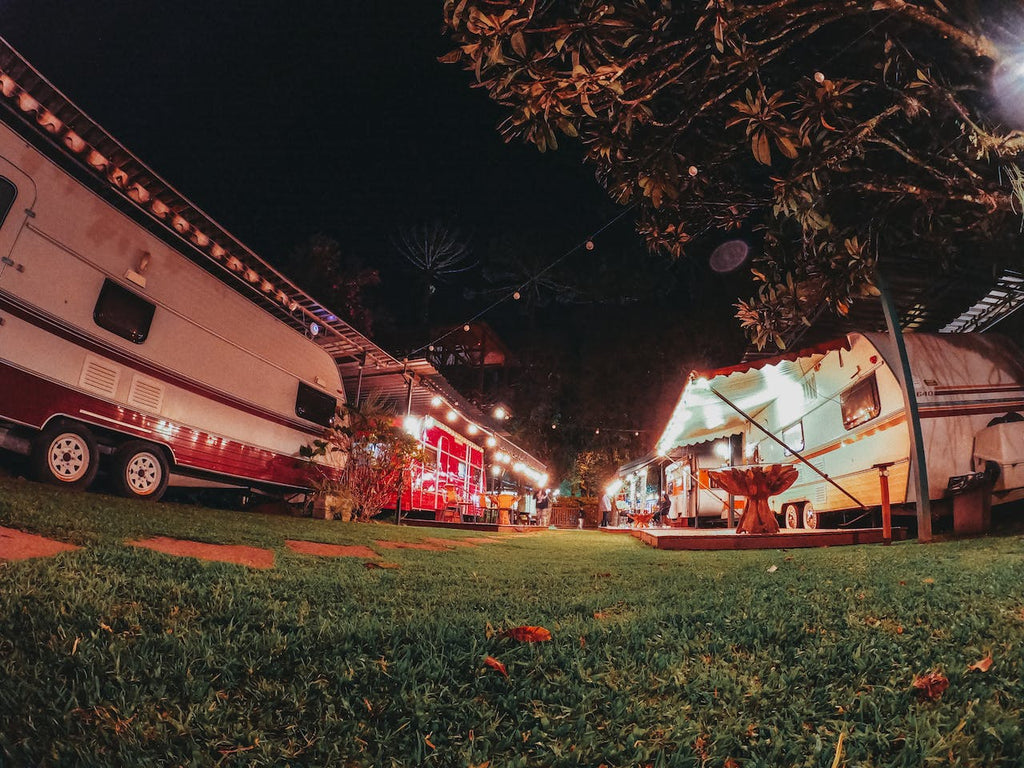Maintaining the structural integrity of your recreational vehicle (RV) is paramount to ensuring enjoyable and hassle-free travel adventures. Of all the components that make up an RV, the roof is one of the most susceptible to damage, primarily due to its continuous exposure to the elements.
More specifically, the roof membrane, which serves as the primary line of defense against water intrusion, requires regular inspection and maintenance. Worry not, we have you covered with this handy guide that you can use to determine when your RV's roof membrane necessitates repair.
Understanding the Types of RV Roofs
Before delving into the specifics of RV roof membrane repair, it's crucial to understand the various types of RV roofs you might encounter. Basically, there are three main types: membrane roofs, fiberglass roofs and metal roofs.
Membrane Roofs
Membrane roofs, also commonly referred to as "rubber roofs," are arguably the most common type of RV roof. These roofs are constructed from a synthetic rubber material that stretches over the underlying structure of the roof. The most commonly used RV roof types today consist of EPDM (Ethylene Propylene Diene Monomer) and TPO (Thermoplastic Polyolefin).
Fiberglass Roofs
Fiberglass roofs are another common type of RV roof. They are highly durable and typically require less maintenance than rubber roofs. However, just like all other roof types, fiberglass roofs need periodic cleaning and maintenance to keep them in top shape.
Metal Roofs
Finally, metal roofs, often made from aluminum, are a less common but still viable option for RV roofs. They offer excellent durability and can withstand significant wear and tear. However, they also have penetrations that need to be sealed and maintained, much like their membrane and fiberglass counterparts.
Assessing the Walkability of Your RV Roof
Before embarking on any form of roof maintenance or repair, it's essential to ascertain whether your RV roof can safely support your weight. This aspect is crucial not only for the preservation of your roof's structure but also for your personal safety.
While the presence of a ladder attached to your RV is a clear indication of a walkable roof, it's not a foolproof method. If in doubt, consult your manufacturer's specifications or owner's manual. For situations where the roof isn't walkable, or you're uncertain about its stability, it's advisable to use a sturdy ground-based ladder for maintenance or repair activities.
Conducting a Comprehensive Roof Inspection
Regular inspections are an integral part of RV roof maintenance. It's recommended to conduct a thorough roof check every few months or at least twice a year, depending on your RV usage and the local climate. Here's what you need to know:
Initial Roof Inspection
The first step involves clearing your roof of any accumulated dirt, debris, or leaves. A lightweight battery-powered leaf blower or a simple broom will suffice for this task. Once the roof is clear, undertake a quick inspection to identify any obvious flaws or potential issues. Keep an eye out for any cracks or separations in sealants, particularly around roof penetrations such as vent pipes and antennas.
Secondary Roof Inspection
After the initial inspection, proceed to wash the roof. Washing provides a more in-depth look at the roof's condition and helps identify any minor issues that might have been overlooked during the initial inspection. You’ll want to use a specialized RV roof cleaning product that is compatible with your roof material. As you rinse off each section, be mindful of the water runoff to prevent it from drying and streaking your RV's sides.
Identifying and Addressing Roof Damage
If you identify any damages or issues during your inspection, don't panic. Many minor damages like small cracks, leaks, or tears can be repaired without resorting to a complete roof replacement. Let's look at some common types of damages and how to address them:
Sealant Issues
If you notice any cracks or separations in the sealants around your roof penetrations, a simple re-caulking might be the solution. Just make sure to use a sealant that's chemically compatible with your roofing material.
Membrane Tears
For membrane roofs, small tears or punctures can be patched up using specialized roofing repair tape. Products like RV Flex Repair’s One Weekend Restoration Kit are designed to offer a quick and effective solution to such issues.
Fiberglass Oxidation
Over time, fiberglass roofs can develop a dull, chalky appearance due to oxidation. Fortunately, there are several oxidation removers and fiberglass repair products available in the market that can restore the gloss and shine.
Taking Preventive Measures
In addition to regular inspections and timely repairs, adopting preventive measures can significantly extend the lifespan of your RV roof. Consider applying a protectant to your roof, especially if it's made of fiberglass. A protectant guards against oxidation and makes future washing easier.


Leave a comment: